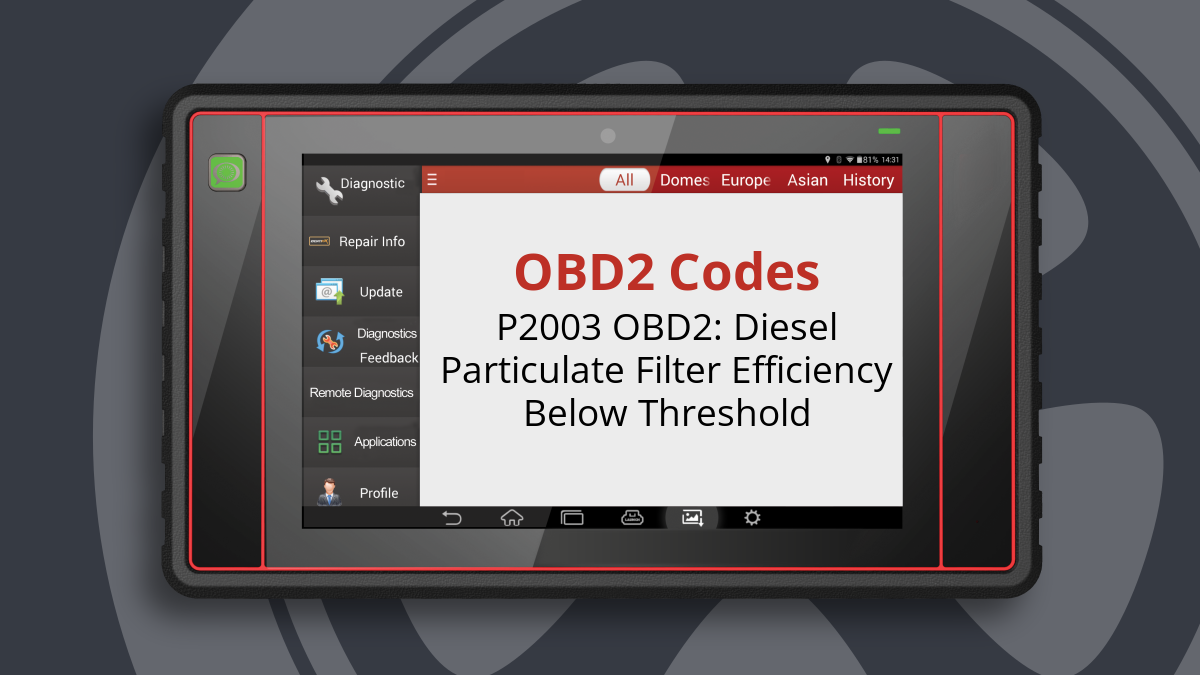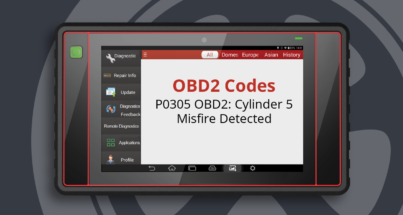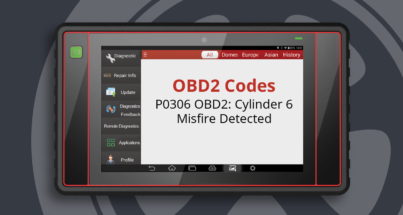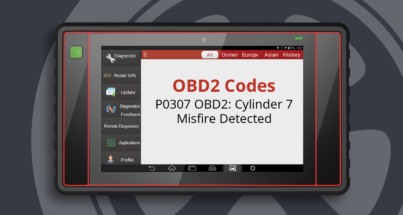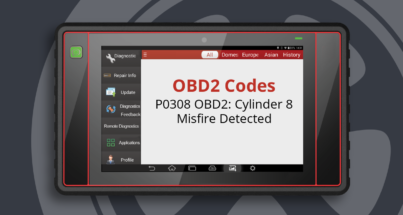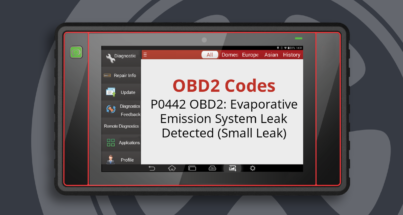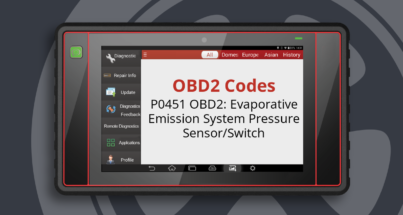What Does the P2003 Code Mean?
OBD-II Code P2003 is defined as a Diesel Particulate Filter Efficiency Below Threshold. This code indicates that the vehicle’s diesel particulate filter (DPF) is not functioning as effectively as it should, leading to increased emissions and potential engine performance issues.
What Causes the P2003 Code?
The P2003 code can be triggered by several factors, including:
- Diesel Particulate Filter (DPF) failure
- Intake air leak
- Dirty or improperly calibrated Mass Airflow (MAF) sensor
These issues can prevent the DPF from burning off exhaust particles efficiently, causing the P2003 code to set.
What Are the Symptoms of the P2003 Code?
Drivers may notice some of the following symptoms when the P2003 code is present:
- Check Engine Light illuminated
- Decreased engine performance
- Increased exhaust emissions
- Potential engine stalling or rough running
How Serious Is the P2003 Code?
The P2003 code is considered urgent as it can lead to severe damage to the vehicle if left unaddressed. This malfunction poses a risk not only to the vehicle’s performance but also to driver and passenger safety due to increased emissions and potential engine failure.
How to Diagnose the P2003 Code
A thorough diagnostic routine is essential for accurately identifying the root cause of the P2003 code. Steps include:
- Using an OBD-II scanner to confirm the P2003 code
- Inspecting the DPF for signs of damage or clogging
- Checking for intake air leaks
- Testing and cleaning the MAF sensor as needed
Proper diagnosis will save you time and money on unnecessary repairs.
Common Repairs for the P2003 Code
Common repairs for addressing the P2003 code may include:
- Replacing or repairing the Diesel Particulate Filter (DPF)
- Fixing any identified intake air leaks
- Cleaning or replacing the Mass Airflow (MAF) sensor
How Much Does It Cost to Fix the P2003 Code?
The cost to fix the P2003 code can vary widely depending on the root cause of the issue. Typical repair costs can range from $100 to $1,500, depending on whether it involves simple cleaning or a complete DPF replacement.
Can I Fix the P2003 Code Myself?
While some minor repairs, such as cleaning the MAF sensor, can be performed by a knowledgeable DIYer, it’s essential to understand the complexity of the DPF system. Given the potential for severe damage and the importance of proper diagnosis, it is often recommended to seek professional assistance for this code.


